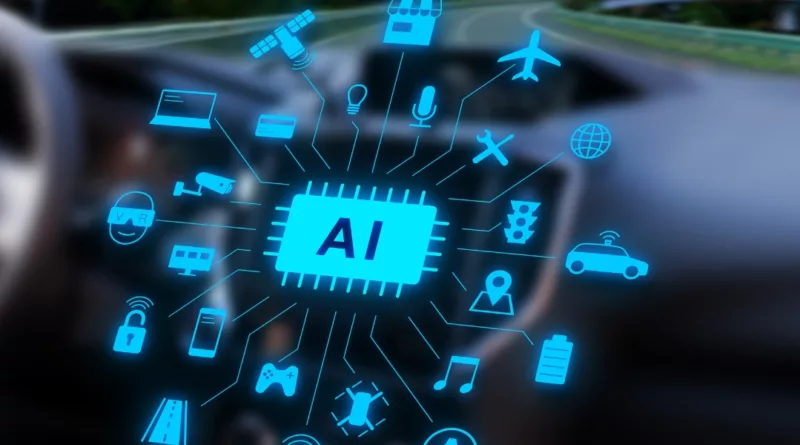As the field of artificial intelligence continues to advance at a rapid pace, OpenAI, one of the leading organizations in AI research, has been at the forefront of developing state-of-the-art language models. Among its latest offerings are GPT-4 Vision, GPT-4 Turbo, and the previously acclaimed GPT-3.5. Each of these models brings its own set of capabilities and features to the table, making it essential for users to carefully consider their specific needs and requirements when choosing the right OpenAI model.
Understanding GPT-4 Vision
GPT-4 Vision represents a significant advancement in the realm of AI language models. Built upon the foundation laid by its predecessors, GPT-4 Vision incorporates cutting-edge techniques and architectures to enhance its understanding of visual data. Unlike traditional language models that rely solely on text inputs, GPT-4 Vision has the ability to interpret and generate text based on images, making it particularly useful for tasks such as image captioning, visual question answering, and content generation.
Exploring GPT-4 Turbo
GPT-4 Turbo builds upon the success of GPT-3.5 by introducing several improvements and optimizations aimed at enhancing its performance and efficiency. One of the key features of GPT-4 Turbo is its increased speed and scalability, allowing users to process larger volumes of text data in less time. Additionally, GPT-4 Turbo boasts improved accuracy and fluency, thanks to advancements in language modeling techniques and training methodologies. These enhancements make GPT-4 Turbo a powerful tool for a wide range of natural language processing tasks, including text generation, language translation, and sentiment analysis.
Comparing with GPT-3.5
GPT-3.5, the predecessor to both GPT-4 Vision and GPT-4 Turbo, set a new standard for AI language models upon its release. With its vast knowledge base and impressive language generation capabilities, GPT-3.5 quickly gained popularity among developers and researchers alike. However, compared to its successors, GPT-3.5 may lack some of the advanced features and optimizations found in GPT-4 Vision and GPT-4 Turbo. Nonetheless, GPT-3.5 remains a viable option for many use cases, particularly those that do not require the latest advancements in AI technology.
Key Considerations for Choosing the Right Model
When selecting the appropriate OpenAI model for a given task or application, several factors should be taken into account. Firstly, consider the specific requirements of the task at hand. For tasks involving visual data, such as image captioning or visual question answering, GPT-4 Vision may be the most suitable option. On the other hand, for text-based tasks that require high-speed processing and scalability, GPT-4 Turbo may be the preferred choice.
Performance and Accuracy
Another important consideration is the performance and accuracy of the model. While GPT-4 Vision and GPT-4 Turbo offer significant improvements over GPT-3.5 in terms of speed and efficiency, it’s essential to evaluate their performance on specific benchmarks and datasets relevant to the intended application. Additionally, consider factors such as model size, training data, and computational resources required, as these can impact both performance and cost.
Ease of Use and Integration:
The ease of use and integration of the model into existing workflows and systems is also crucial. Consider factors such as API availability, documentation quality, and community support when evaluating different models. Additionally, assess the availability of pre-trained models and fine-tuning capabilities, as these can streamline the development process and reduce the time and effort required to deploy the model in production.
Ethical and Responsible AI
Finally, consider the ethical and responsible use of AI models when making your decision. Ensure that the chosen model aligns with ethical guidelines and principles, such as fairness, transparency, and accountability. Additionally, consider the potential societal impacts of deploying the model and take steps to mitigate any unintended consequences or biases.
Choosing the right OpenAI model involves careful consideration of factors such as task requirements, performance, ease of use, and ethical considerations. While GPT-4 Vision, GPT-4 Turbo, and GPT-3.5 each offer unique capabilities and features, it’s essential to evaluate them based on their suitability for specific applications and their alignment with ethical and responsible AI principles. By taking these factors into account, users can select the most appropriate model to meet their needs and achieve their desired outcomes in AI-driven applications and solutions.








